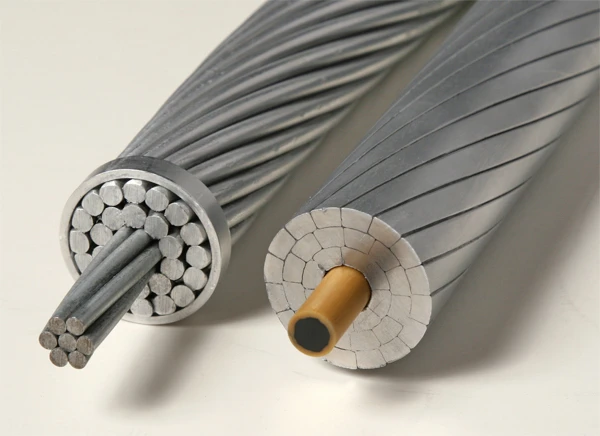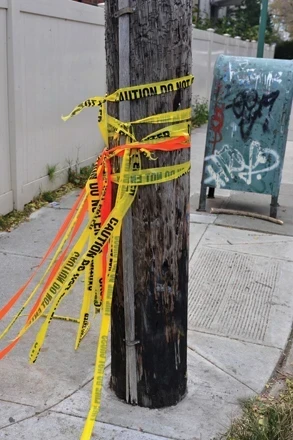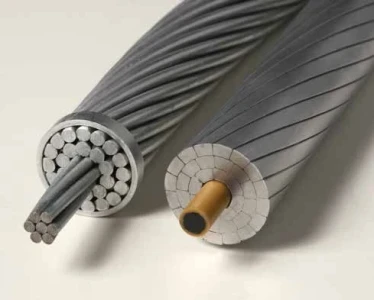The Overlooked Benefits of High-Performance Powerline Conductors

Background:
For over 100 years Transmission Engineers have relied on aluminum conductors strengthened by steel core wires, commonly referred to as ACSR conductors. These conductors offered reasonable performance and durability and were capable of operating at temperatures up to 93° C. Above this temperature the conductive aluminum strands would begin to anneal and lose strength. In the 1970’s a new version of this conductor was introduced that used pre-annealed aluminum and, in some cases, improved galvanic coatings on the steel core wires. This conductor type became known as ACSS (Aluminum Conductor Steel Supported).
ACSS conductors were designed to operate at temperatures above 200° C which enabled them to deliver more power. Dead-ends, splices and high-temperature oxidation inhibitors were also introduced. These conductors helped utilities accommodate unforeseen load growth and were often selected to replace older ACSR conductors on existing structures, without modification when possible. ACSS conductors were classified as “high-temperature, low-sag” (HTLS) conductors. In subsequent years other HTLS conductors were also introduced. These included Invar conductors that used steel core wires that offered a lower coefficient of thermal expansion (“CTE”); Gap conductors that used a layer of high-temperature grease and unique installation methods to manage thermal sag; and the 3M Company’s ACCR conductor that replaced steel core wires with aluminum wires reinforced with ceramic fibers to improve conductivity and reduce sag.
Read full article in the Special POWER SYSTEM RELIABILITY Issue 2020









